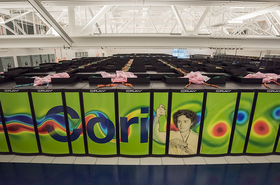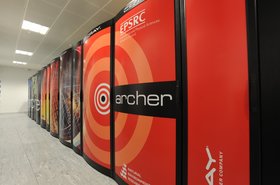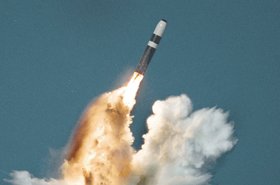Steve Scott has moved to Microsoft, as VP of hardware architecture and technical fellow at Microsoft.
A long time employee of Cray, Scott was previously the CTO of HPC at the supercomputing company's new owner, HPE.
Great Scott
The news was not officially announced, but revealed in a tweet by Microsoft Azure's principal program manager for HPC & big compute, Evan Burness.
Scott has spent long stretches at Cray, punctuated by shorter stints elsewhere. Way back in 1992, he spent four years at Cray Research, followed by three at owner Silicon Graphics. “SGI spun Cray off and they kept all of the parts of the company that were working on massively parallel processors using microprocessors,” Scott told DCD two years ago. “The rest of us became Cray Inc, which is the company that we are today.”
The firm was on the verge of bankruptcy, but saved by a single contract - Red Storm. Scott spent 11 years at the company as corporate scientist, SVP and CTO, as it regained its footing in the marketplace.
Then came two years at Nvidia from 2011, a little over a year at Google, and five years back at Cray as CTO. Then, for the last nine months, he has worked at HPE - after it acquired Cray for $1.3bn.
In its final years as an independent company, Cray's business had begun to decline, and losses began to mount. "We're definitely seeing that [slowdown] as a dynamic in the marketplace because as the improvement in underlying silicon technology slows, there's less of a motivation to quickly buy a new system two years later," Scott told DCD in late 2018.
"On the one hand, it is a worry in that you're seeing people spread out their buying cycles. On the other hand, they may tend to buy larger machines as a result, because of the fact they have spread out their buying cycles so that their budget has coalesced a bit more."
Another big problem for the company was that potential customers had begun to shift to the cloud. Since 2017, Microsoft has offered Cray services over the cloud, as well as beefed up its own HPC offerings.
Notably, earlier this year Microsoft announced that it had built a supercomputer in the cloud that would rank among the world's top five systems - all for one company, OpenAI.
But despite losses and Scott's departure, Cray still has an exciting future ahead, essentially serving as the US' exascale system provider. Aurora, Frontier and El Capitan will all use Cray's Shasta architecture. In 2019, HPE said that expects $4 billion of exascale opportunities to be awarded over the next five years.




